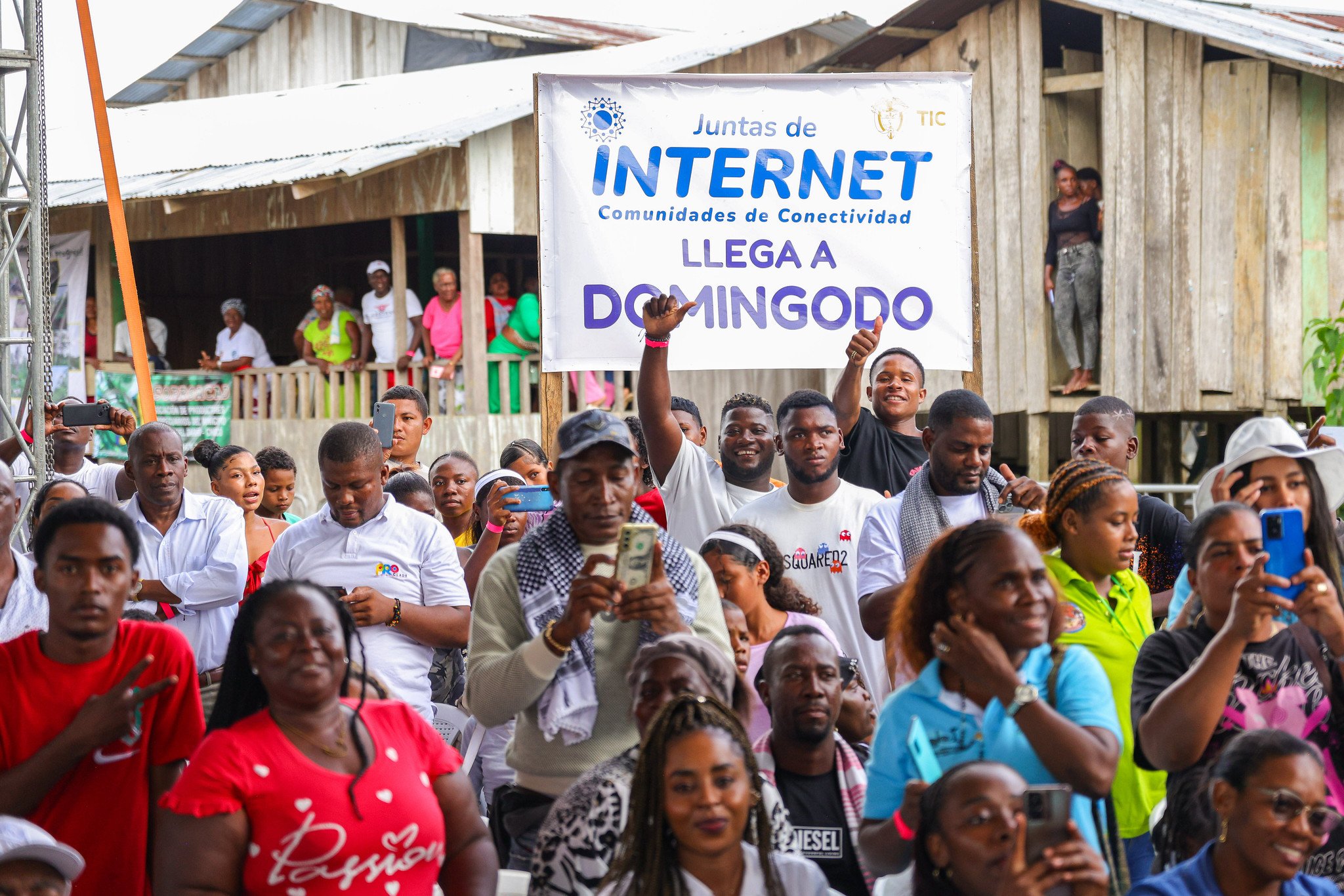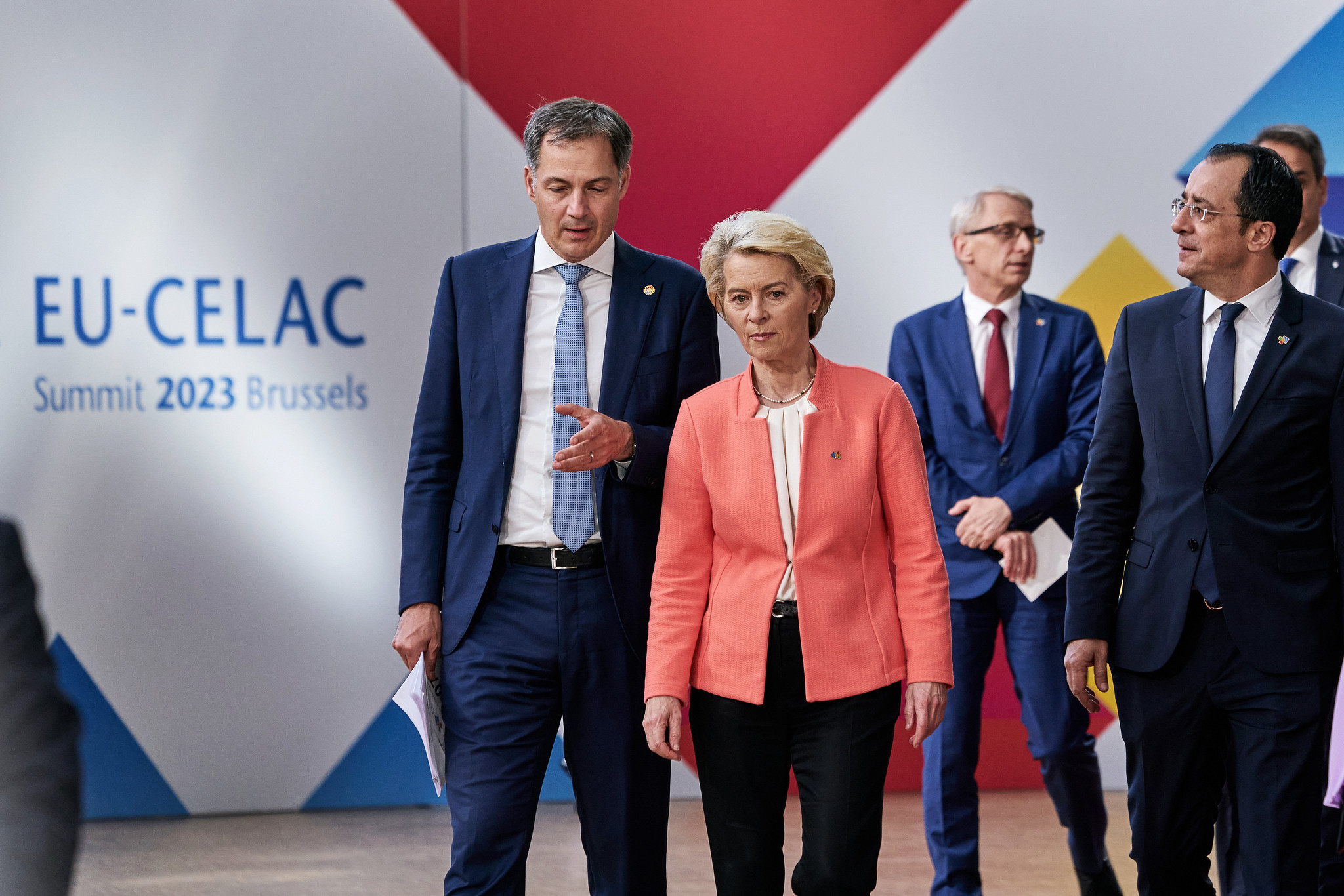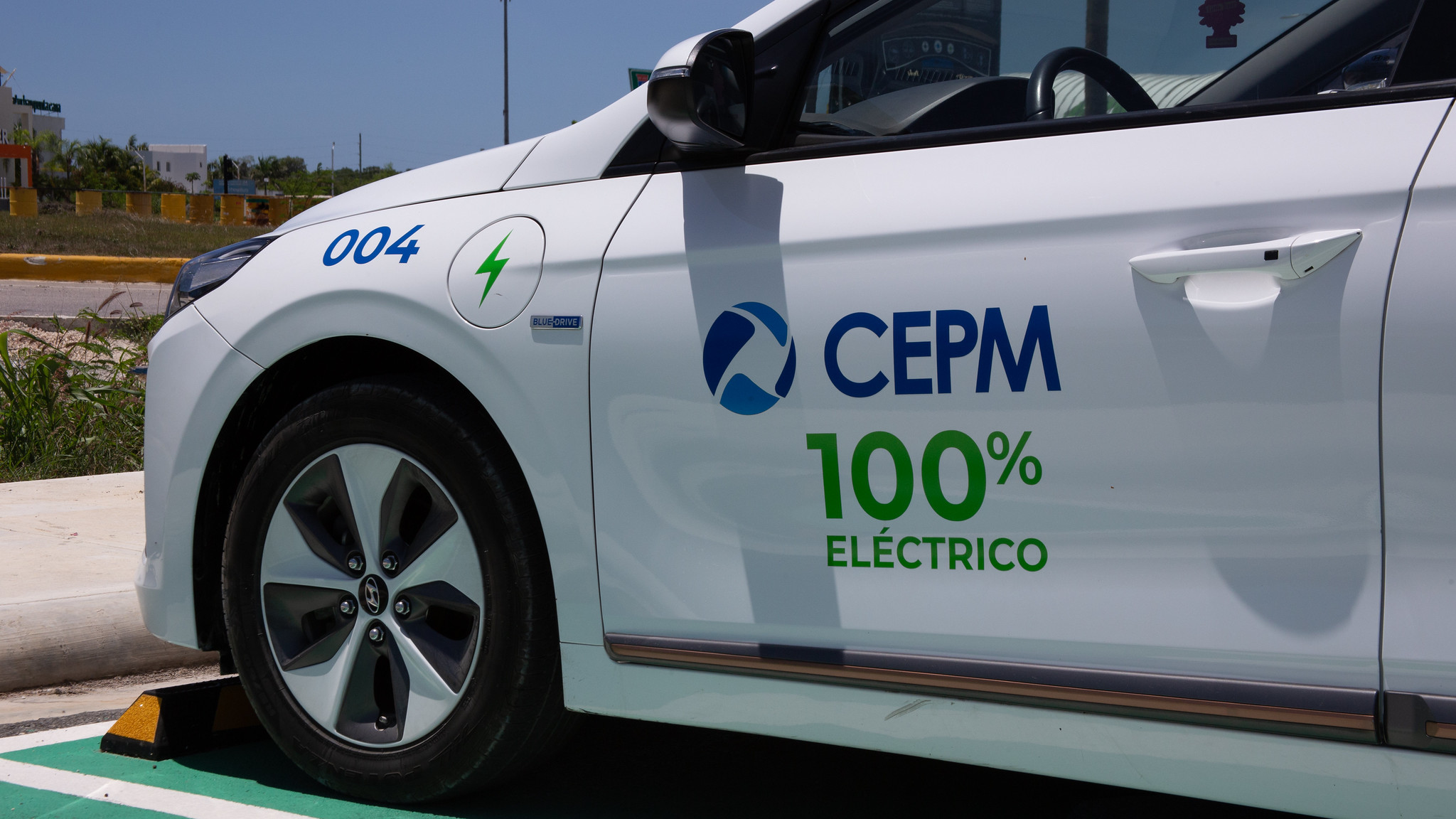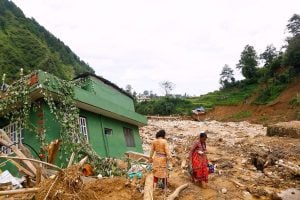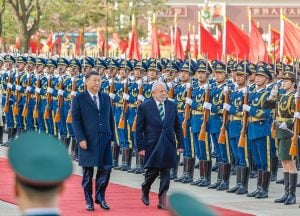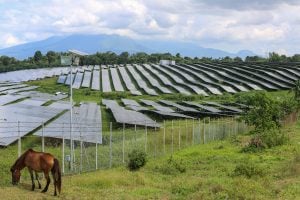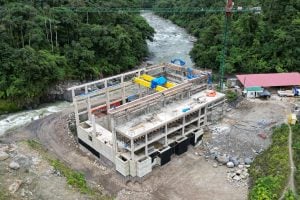Last year, the European Union renewed its economic and strategic interest in Latin America by announcing investments of EUR 45 billion (USD 48.7 billion), seen by many as a way to regain influence in the face of China’s growing presence in the region.
Under the banner of its Global Gateway infrastructure investment programme, the bloc announced that over 130 projects would be carried out in the region over four years, focusing on sectors including lithium, renewable energy, green hydrogen, transport and health.
However, political changes in the EU following its parliamentary elections in June may now raise questions about the scope and prospects of the initiative. While pro-European political groupings were able to maintain their majority, there has been an advance of far-right parties, which have less regionalist agendas, and lower commitments on the environment.
“The advance of the extreme right complicates the European political scene because it increases the tendency towards fragmentation, which reduces the capacity for leadership and international presence,” said Gabriel Merino, a researcher at the National Council for Scientific and Technical Research (CONICET) in Argentina.
Experts are divided on just how much these changing political dynamics will impact the prospects of Global Gateway projects.
The political scenario
It has been a turbulent five years since the last EU elections in 2019. Most notably, the bloc has had to face up to a delicate post-pandemic economic and social context, uncertainty in food and energy supplies due to the ongoing war in Ukraine, geopolitical disputes with China, and new initiatives on the climate agenda within the European Green Deal.
Although their gains were ultimately smaller than had been expected, the advance of far-right parties in Europe could nonetheless “cause issues such as the environment to lose weight, and national identities and anti-immigration policies to gain prominence,” said Juan Carlos Pérsico, coordinator of the Europe department of the Institute of International Relations at the University of La Plata, in Argentina.
A clear sign of continuity did come in the re-election of Ursula von der Leyen to the presidency of the European Commission. However, there were changes in the composition of the benches of major EU countries, such as in France, where the far right, led by Marine Le Pen, won a landslide victory, and Germany, where their counterparts, the Alternative for Germany, came second. In Italy, the third-largest contributor to the European parliament, the ruling Brothers of Italy party, led by Italian prime minister Giorgia Meloni, won.
Far-right political formations captured almost 25% of the total votes, a huge gain on the 10% achieved two decades ago, and the 4% reached 40 years ago. However, the far-right parties active at the EU level do diverge on a number of issues, which reduces their political strength in the parliament.
The European Parliament sets the bloc’s budget and the conditions governing the functioning of the European Commission, the EU’s executive body. But even with the new political makeup, financing of the Global Gateway will be unaffected in the short-term, said Ilse Cougé, head of the EU’s cooperation section in Argentina.
“The funds we have allocated for Latin America are already agreed until 2027 and will not change. After 2027, we will continue with our long-term Global Gateway strategy, but we will have to take into account the new political context,” she noted. “To the extent that there is mutual interest between the EU and Latin America, I hope that we can continue to develop the strategy, although perhaps with different emphasis.”
Latin America and the EU
Trade in services and goods between Latin America and the Caribbean and the EU reached USD 369 billion in 2021–22, a 39% increase from 2013 figures. Investment stocks in the region from the EU totalled USD 693 billion in 2021, an increase of 45% compared to 2013.
Trade between the EU and Mercosur – the bloc which groups Argentina, Brazil, Paraguay, Uruguay and, since July, Bolivia – reached around USD 110 billion in 2023. Although the EU is Mercosur’s second largest trading partner, there has been a relative decline in the volume of trade between the two compared to other markets.
Meanwhile, China has emerged in the last decade as Mercosur’s main trading partner and the destination of 29% of the bloc’s exports, as well as the source of 25% of its imports.
Within the Latin American agenda of the Global Gateway, European Commission sources highlighted: projects linked to green hydrogen in Argentina and Chile; lithium in the Southern Cone; ports and railways in Brazil; electric mobility in Colombia, the Dominican Republic and Costa Rica; water and sanitation in Barbados and Guatemala; renewable energy in Cuba, Honduras and Trinidad and Tobago; digital connectivity in Colombia and El Salvador; and its Amazon programme, which aims to maximise the countries’ capacities to mitigate carbon dioxide emissions.
Compared to previous EU outreach initiatives in Latin America, the Global Gateway is new in that it gives a leading role to the private sector. “For example, in the case of Argentina, we have been working to bring European companies in contact with national and provincial authorities to visit lithium operations,” Cougé said. “The intention is not only to invest in the extraction and operation segment, but also in the construction of value chains.”
One year after its launch, official information shows that there are 59 Global Gateway projects in the region, although there is no public record of the degree of progress of each of them. In Argentina, the European delegation acknowledged that there are still no concrete results, and hopes to make announcements of investments and cooperation projects in the coming months.
The energy transition
For Cornelia Schmidt Liermann, former president of the Foreign Affairs Committee of the Argentine National Congress’s Chamber of Deputies, the EU’s renewed interest in Latin America is geopolitically motivated.
“It is a response to China’s advance and to the need for energy and food resources arising from the war situation in Ukraine,” she said. “Europe is also looking to decouple some supplies from China, similar to what the United States is doing.”
One of the focal points of Global Gateway investment is the energy transition. This is in line with the EU’s commitments under the European Green Deal, the bloc’s flagship climate strategy that aims to reduce carbon emissions by 55% by 2030 from 1990 levels, and reach “climate neutrality” by 2050. As transport accounts for a quarter of the EU’s greenhouse gas emissions, the energy sector and the sourcing of minerals needed for electrification of vehicles are among the key issues for European industries.
Schmidt Liermann sees little chance of the green agenda losing prominence in the EU, even in the face of the increased weight of sceptical far-right parties. “Both the European Parliament and the European Commission have the green agenda at the top of their agenda,” she said. “In any case, the ‘Grand Coalition’ made up of the traditional parties will block any kind of proposal to curb the environmental agenda.”
China’s role
The Global Gateway has been seen by many as the European answer to the Belt and Road Initiative (BRI), an umbrella under which China has, over the past decade, expanded its presence in investment and infrastructure projects in some 150 countries across the world. As part of the initiative, China has signed more than 200 cooperation agreements, as well as establishing partnerships with 30 international organisations. As of 2023, total funds committed so far through the BRI passed USD 1 trillion.
Gabriel Merino of CONICET said that the EU is “beginning to define China as a systemic threat, in a line more akin to the US”, and with the Global Gateway, it “rejects the idea of joining the Belt and Road Initiative, and instead, is launching its own initiative to try to regain prominence and not continue losing influence over the Global South.”
However, the initiative’s potential to reposition the EU in the Global South is said to face several limitations. Among these, Merino pointed to the bloc’s ongoing economic stagnation and a loss of leadership in key technologies such as renewable energy. Chinese manufacturers, for example, have become increasingly dominant as the leading global suppliers in both the solar and wind power sectors, and their falling costs have contributed towards huge expansions of these sources in countries such as Brazil.
Analysts at Spain’s Elcano Royal Institute early this year suggested further challenges for the Global Gateway in a supposed lack of “clear institutional procedures for proposing, formulating and implementing projects” under the initiative. They believe this generates “confusion over the mechanisms for obtaining financial resources and the criteria for prioritising projects”.
There is also a wide difference in the sums involved: while the BRI has accumulated projects worth USD 1 trillion worldwide, the Global Gateway has aimed for just USD 300 billion between 2021 and 2027, the analysts noted.
As Argentine researcher Juliana González Jáuregui told Dialogue Earth earlier this month, Europe simply “does not have the financial muscle that China has”, and its emphasis on harnessing private investment is contributing to it “lagging behind” the Asian nation in renewable projects in Latin America. She said the Global Gateway is as yet “a discursive response to competition with China”.
Other analysts have cautioned against the Global Gateway attempting to directly compete with levels of investment seen previously under the Belt and Road Initiative, and rather that Europe should seek higher quality engagement. “The BRI, with its extractive approach that results in very little industry and skilled jobs in the beneficiary countries, is a device to enhance Beijing’s independence at the cost of increasing its partner’s dependencies: this is exactly what the EU should avoid,” political analyst José Ignacio Torreblanca wrote last year for the European Council of Foreign Relations.
Nonetheless, for Latin America, cooperation with European governments, companies and organisations may open up opportunities in sectors associated with new technologies, particularly in relation to the energy transition. It could also allow the region to diversify investment sources, at a time when the nature of Chinese investment has been changing, with companies and investors beginning to shift towards smaller-scale projects, rather than the large, state-loan-backed infrastructure projects that characterised the past decade under the Belt and Road.
